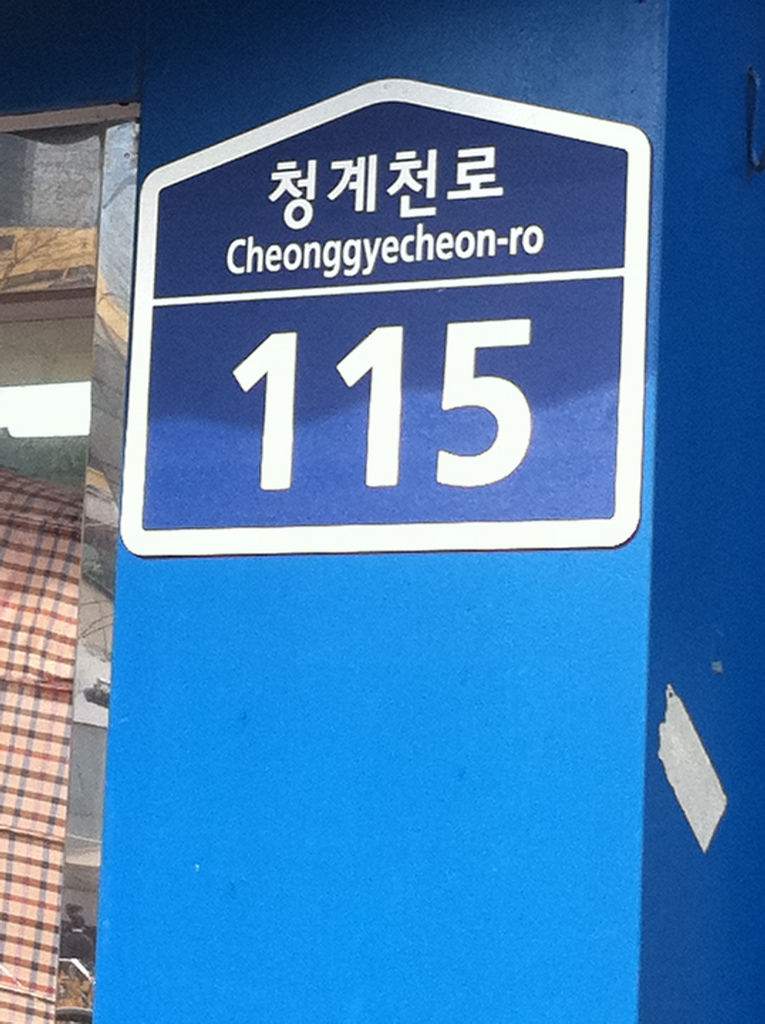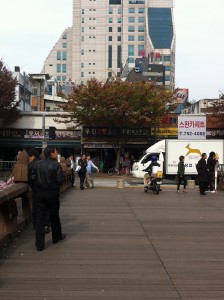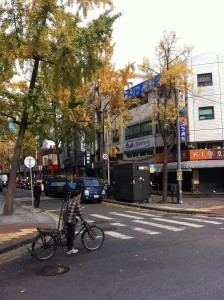Anyone who has read this blog knows I go on (and on) about the potential of mobile learning for transforming learning practice. Much of my research has been in this area and will continue to be. It holds my attention like no other thing, save my wife. To be more specific, it isn’t just mobile learning that fascinates me but the power of mobile learning to rejuvenate (not that it was moribund) the practice of History and Cultural Heritage as disciplines of study. It has amazing potential in these disciplines for not only capturing data, but for presenting data, reflecting on it, embedding it, forming communities around it. I have talked before about some great early examples such as Historypin (my personal favorite) and I am only now realizing why they are so emotive and efficient in transcribing history to our mediated realities.
They are effective as mobile learning technologies precisely because they are so human. They embrace the individual in society. They count as evidence the shoebox full of old family photos, the letters home from school, oral exchanges recorded on tape. These are narratives of the individual’s role in the grand machinations of macro-history, the history of societies. They are not just cogs in the machine, but rather than the fuel of the machine itself. So, it is good for me to remind myself that History is often clumsy, awkward, personal. A portrait of a person in a time and a place. Only through that understanding of individual presence do we expand into the larger narratives of class, capital, and the like. That is one long introduction to tell you I went on a very minor expedition today.
Recovering from a bad chest cold, but itching to get outside after two weeks indoors, I set off to track down my father in-law’s childhood neighborhood. He left Korea in the mid 1960s and never returned (to this side of town). He remembers the Korean War, the Communists taking the city, hiding, fleeing, struggling, rebuilding, and then leaving. But he could never quite remember where he lived exactly. Armed with my wife’s copy of her family registry (호적) complete with an address of their family home (which we sheepishly are here to say we never looked at for many years), I made my way from my home in Mapo to Jongno. To see where I was, feel free to poke around my Flickr map.
A quick crash course in Korea locative words:
- dong (동)=neighborhood (small), usually about 5 blocks
- gu (구)=district or ward
- ro (로)=road/street
- kyo (교)=bridge
According to the registry and some flipping between Google Maps and Naver Maps, my father in-law (a Hyun-현 or 玄) grew up in Gwansu-dong, which is in Jongno-gu. According to the registry, he lived at the intersection of Supyoro (수표로) and Cheongyyecheon (청계천로). There would have been a bridge going over Cheonggyecheon right outside his house. It was called Supyo Bridge (수표교) and the name of his street that intersects with Cheonggyecheon Street (청계천로) is Supyoro (수표로). There was a bridge there when he grew up and it looked like this during the Korean War (1952). Many thanks to the wonderful ROK Drop for the photograph.
And this is Supyo Bridge (수표교) now:
What a difference 60 years makes.This is his street corner (intersection of 청계천로 and 수표로). His house would have been on the right at the corner where that orange sign is (assuming the address for the registry is correct).
So, I go on this historical scavenger hunt of sorts and record what I can to capture the neighborhood and send these immediately to my father in-law who reflects on the changes of what he knew and when he knew it. He remembered Cheonggyecheon as an open-air sewer full of refugees during the Korean War and perhaps now he can see it as something else. And this, ladies and gentlemen, is exactly what History is to me. Knowing a space and its people both then and now. Plotting changes over time through the eyes of a ten year old boy then and my 70 year old father in-law now. To add a forgotten story, however small, to a neighborhood and its city. To say that I lived here once, too, and that matters. All History is based on this cheeky belief that our stories matter. And mobile learning helps me tell this story. I had the photos uploaded to Flickr and the email sent to my father in-law before my subway made it back to Mapo (about 5 stops).To see some of the photographs from the day in Jongno, see here or, better yet, to see photos from a beautiful autumn day in Deoksugung (Deoksu Palace) in Seoul, see here.




